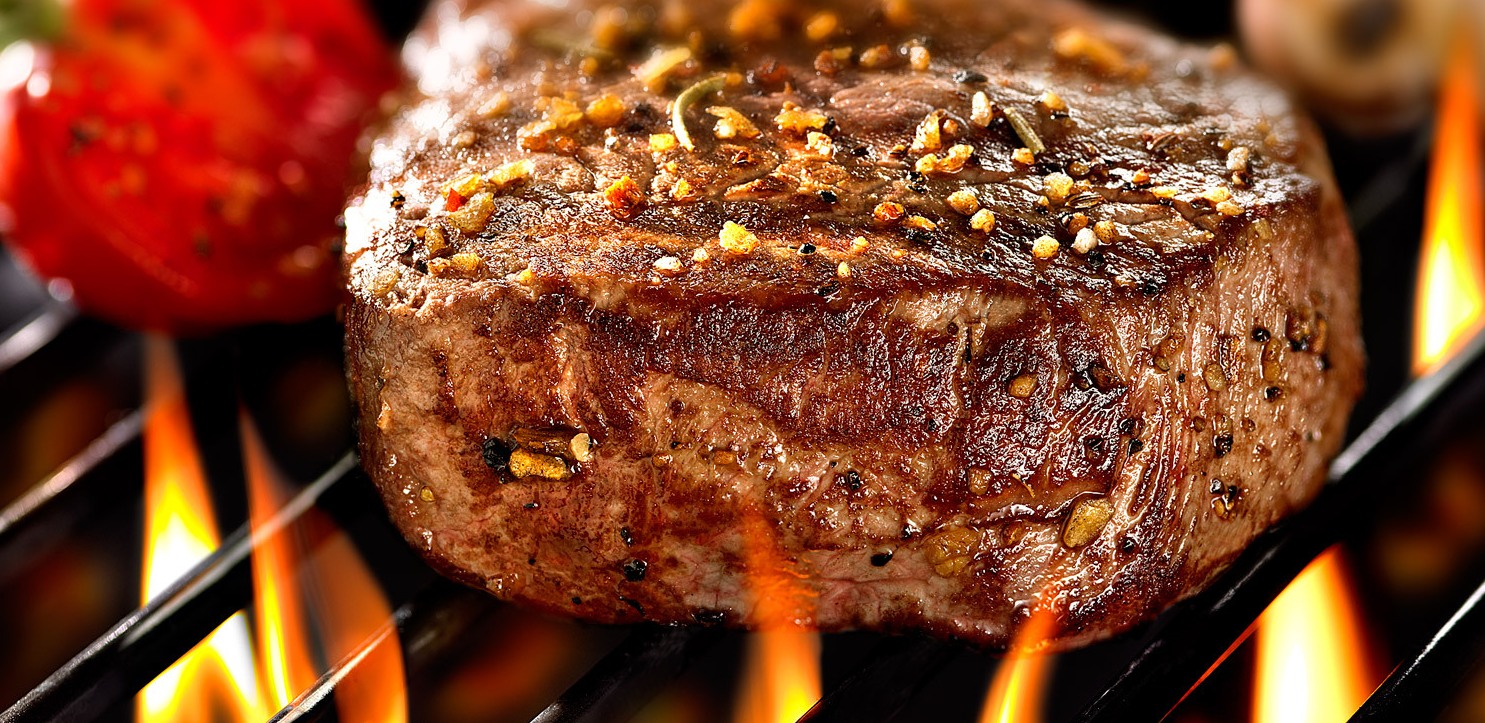Safe Cooking of Tenderized Meat: It’s All About Internal Temperature and Flipping!

Did you know that about 20% of Canadian meat is mechanically tenderized?
Mechanical tenderization is performed by cutting through the muscle fibres and connective tissues with small blades or needles to improve meat tenderness. While this might bring pounded, swiss or salisbury steak to mind, modern tenderizing equipment can pierce meat so finely that customers don’t even notice it.
In Canada, mechanically tenderized meat has to be labelled as such, because without proper cooking, the process can introduce bacteria, like E.coli, deep into the meat, which might not be cooked to as high a temperature as the exterior of the cut.
“Recommendations for cooking mechanically tenderized roasts in either a conventional or convection oven are very clear”
“If the work we do to identify safe cooking conditions prevents one person from getting sick from eating undercooked meat, I would feel well rewarded for our team’s efforts.”
– Dr. Xianqin Yang, Research Scientist, food safety and processing, meat microbiology Agriculture and Agri-Food CanadaDr. Yang and her team at the AAFC Lacombe Research and Development Centre have studied how to best kill E.coli in three cuts of mechanically tenderized meat: steaks, roasts and minute steaks. It turns out the evenness of the cooking plays a big role.
For steaks, in addition to reaching an internal temperature of 63°Celcius (C), the team found that flipping the steak at least twice while grilling eliminated more bacteria than a single flip did. Multiple flips create a more even cooking temperature, and as a bonus, the “eating quality” was improved too. So, get that flipper out this summer!
Dr. Yang’s team also studied tenderized roasts cooked in conventional ovens, convection ovens and slow cookers. They found no difference in bacteria levels of the roasts cooked on high or low in the slow cooker, as long as the meat was cooked to an internal temperature of 63°C. However, for full-sized ovens, both the temperature at which the oven is operated and the internal temperature of the beef roast were found to be important to food safety.
Recommendations for cooking mechanically tenderized roasts in either a conventional or convection oven are very clear: meat be cooked at 140 to 180°C oven temperature to an internal temperature of 63°C.
For minute steaks, also known as cubed steaks, a 63°C internal cooking temperature is not enough! Research shows that the internal temperature of this cut of meat should reach 71°C (the same internal temperature recommended for hamburger), and that the meat should be turned twice during cooking. As it happens, most Canadians already cook minute steaks this way.
For this project, Dr. Yang partnered with several other beef industry groups to promote the results of their findings, including Canadabeef.ca, Canadian Cattlemen’s Association and the Alberta Livestock and Meat Agency.
Key facts
· Mechanically tenderized steaks should be flipped at least twice and cooked to an internal temperature of 63°C.
· Mechanically tenderized minute steaks should be flipped at least twice and cooked to an internal temperature of 71°C or higher, just like for hamburger.
· Mechanically tenderized roasts should be cooked to an internal temperature of 63°C.












